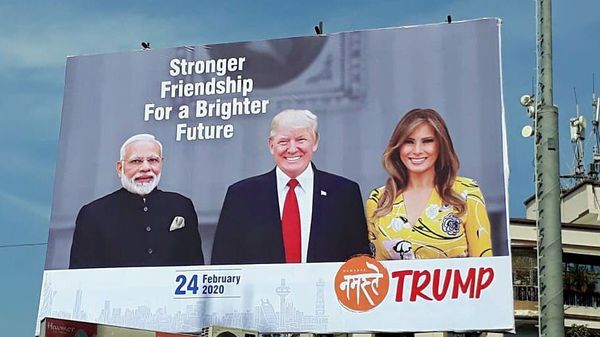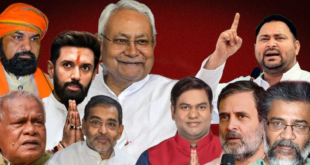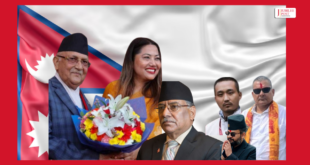Ashish Krishna

Trump visit in coming week is making a lot of headlines in India and the region. It has both takers and critiques. One major fault by the critique side is seeing the success of the visit in merely signing the voluminous trade deal. The idea has gained traction that mere signing or inaction on the deal would be the litmus test of the U.S President’s visit to India. Seeing the Indo-U.S relation from such a narrow prism does not augur well with broader diplomatic and geo-strategic framework. Any career diplomat would tell that binaries are not the sine-qua-non of the pedagogy.

Trump’s traction in its domestic constituency increased with his call to America’s First. Soon after he took charge in his first term, things started going inward in America. Trade barriers, so called undue favours to global south, decreased NATO contribution, restricted H1B regime, stringent immigration policy have become the new normal in the territory. Backing off from the Paris Climate deal is another point of contention globally.
India has also faced certain degree of hostility on economic front from the U.S. Termination of designated beneficiary developing nation under Generalised System of Preferences (GSP), recent act of U.S to ouster India from ‘developing nations list’ for trade benefits by categorising India as a developed nation. Under the list the developing nations, listed nations exports are offered near zero tariff in U.S market. These moves have and are going to hit the Indian exports market significantly thus skewing trade balances. The stringent H1B visa regime has also hit the Indian professionals and thus the overall employment prospectives in addition to balance of payments.
Also read: Is ‘Kem Cho Trump’ the next version of Howdy Modi?
But despite the differences on certain economic fronts, the two nations have seen increased synergies on almost every other fronts. The last year U.S senate clearance to a bill has brought India at par with U.S NATO alliance partners like Japan and Australia in terms of technology transfer and information sharing. Past few years have also seen some pathbreaking pacts inked between the two, particularly LEMOA (under which both can use each other military logistics offshore) and COMCASA (for military communications). In addition the 2+2 ministerial dialog mechanism institutionalised for foreign and defence ministers strategic dialog every year has further reinforced the increasing bonhomie between the two nations.
Increasing Chinese heft in the Asia pacific in particular and at global level in general has further made the U.S establishment nervous. India, here becomes the most important partner for the U.S in it ‘pivot to Asia’ doctrine’.
Certain geo-strategists and geo-political experts argue that it’s more of a give and take relationship but advanced heuristics of International Relations postulates that there are no free lunches in International Relations and also there are no permanent friends or permanent enemies in International Relations. Foreign policy’s crux is to secure and advance nation’s interest in global arena.
India in the past few years have used his foreign policy very prudently. The reluctance to see U.S as a strategic ally was shed in 2008 by the Manmohan Singh regime and since then the momentum in increasing the synergies between the two has seen a consistent upward trajectory. There might be certain differences which is perfectly normal for any two allies to have but in long run India should be guided by the pole star i.e to secure it’s interests overseas.
Also read: Favourable situation for modi and trump
 Jubilee Post News & Views
Jubilee Post News & Views





